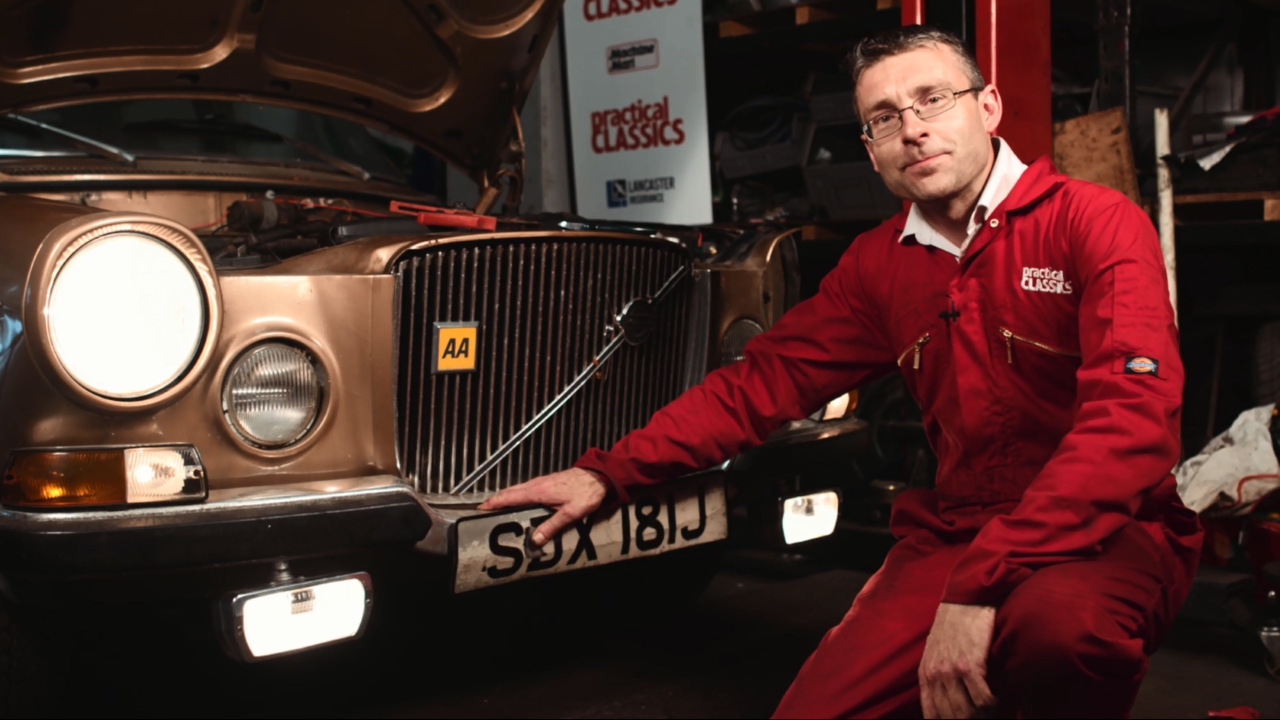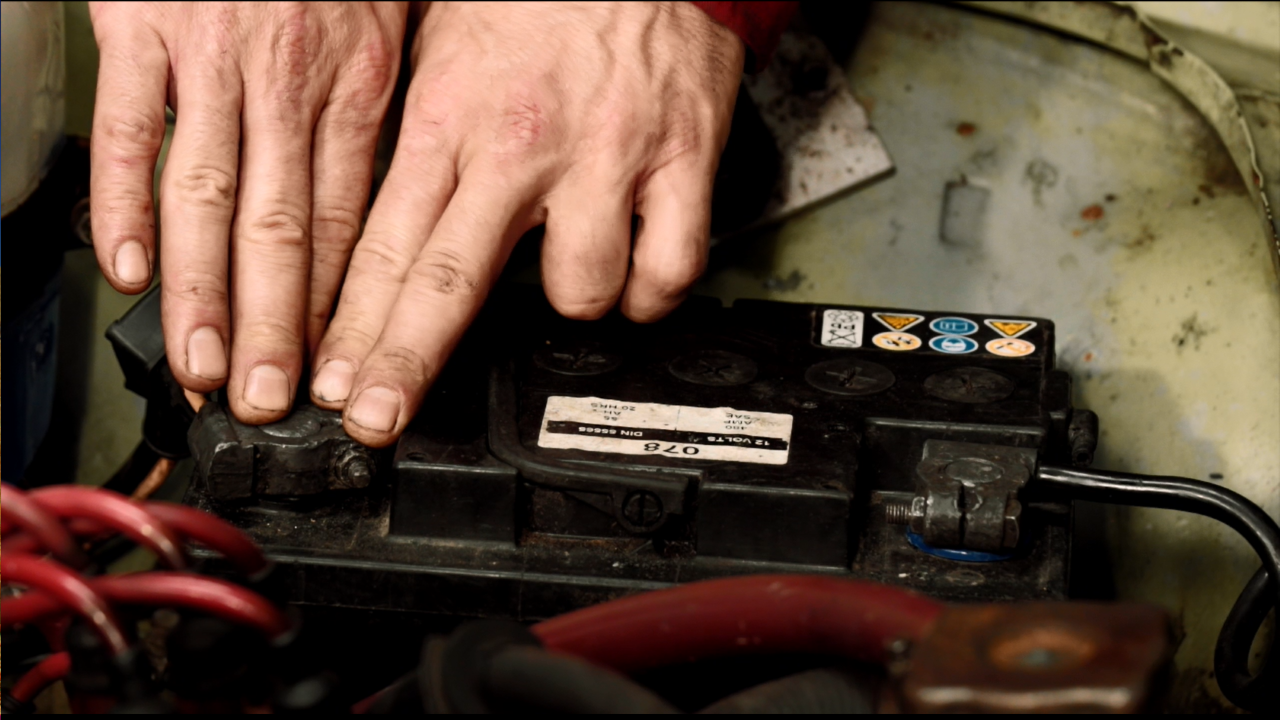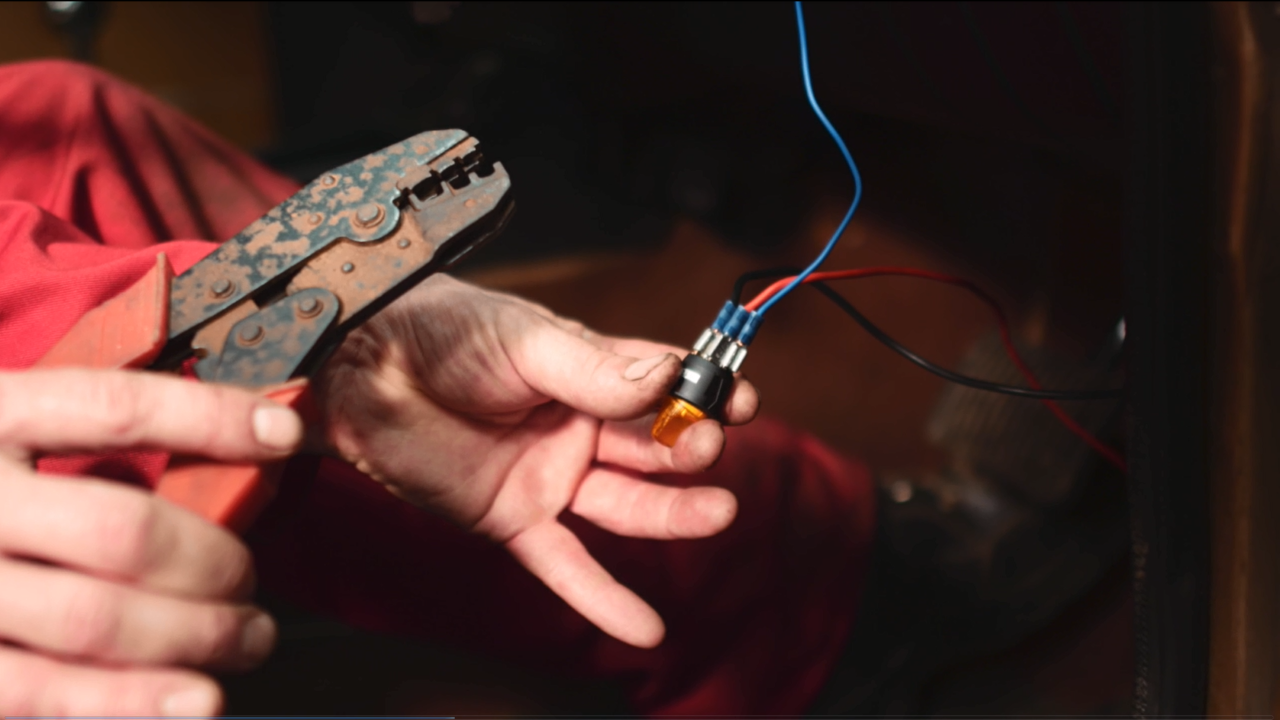
Classic Car Electrics
Ed Hughes
- In-depth Instruction; over 47 mins
- On-demand video access anytime
- Bonus downloadable PDF resources
- Access to class Q&A






Ever important to the functionality of a classic car are its electricity, wiring and lighting. Today we enter the Practical Classics garage to delve into the basics of classic car electrics. Whether your car is experiencing faulty wiring or you’re looking to install auxiliary lighting, we’ve got the tips and expert advice you’ll need to manage many of your classic car’s electric jobs.
Learning the basics
As with most projects in the garage, it’s important to first learn the essential techniques and then challenge yourself on the more complicated scenarios. To help you gain an introductory understanding of classic car electrics, Danny Hopkins and Ed Hughes are here to demonstrate a number of simple car maintenance projects that focus on classic car electrics. With each of the five classes in this course, you’ll discover a new technique that you can implement in your own garage and grow more confident as a classic car restorer.
Here’s what we’ll cover:
Testing your skills
Since this is a hands-on style course, we hope you’ll take the tips for classic car electrics you learn here and apply them to the car in your own garage. See if you can properly execute our expert methods, and let us know if you have any trouble. Don’t be afraid to backtrack if you feel like you’ve gotten lost somewhere along the way or to skip ahead in the classes if we’re boring you with old information.
At the end of this series, we culminate the lesson with a simple project of installing auxiliary lights. Leave us a comment if the project was a success or you need a little guidance--we’re passionate about classic car restoration, so we’d like to know how we’re doing!
Ed Hughes
Ed spent almost twenty years teaching Wood- and Metalwork, Science, Electronics and Mathematics in secondary schools while running an increasingly large fleet of obscure, Eastern Bloc cars. Those educational skills - plus years of scientific analysis of everyday motoring annoyances - mean that he has the ability to explain things well, guiding the hobby mechanic through complex tasks while identifying the possible pitfalls along the way.

Bonus materials available after purchase
